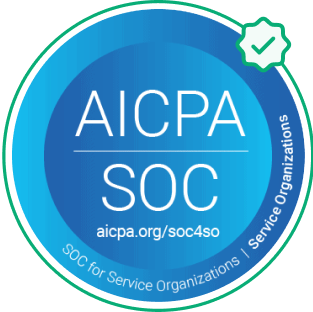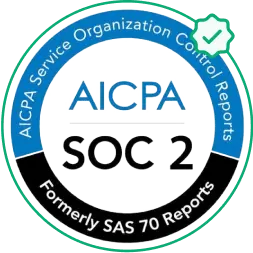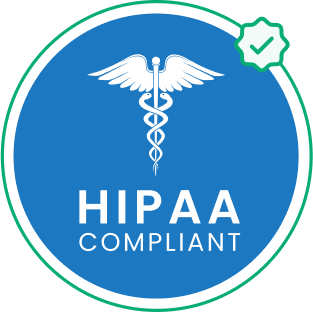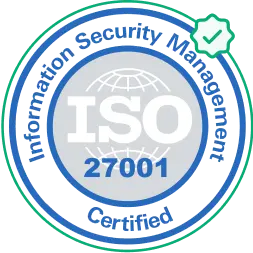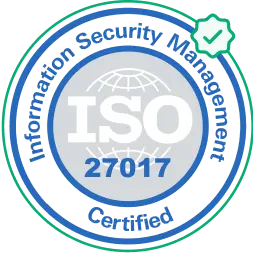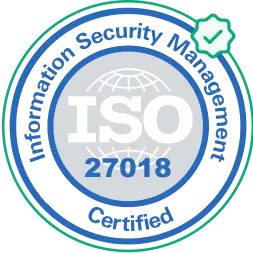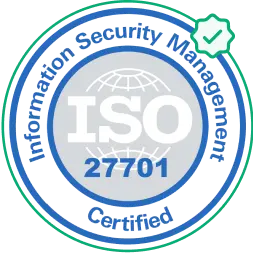What is employee management software?
An employee management software helps employees optimize their performance and align themselves with organizational goals. Such software is designed to measure and monitor employee performance, and also helps you keep track of other employee information such as their salary and movement in terms of the position they hold.An employee management software caters to processes like employee selection, monitoring, interactions, and even rewards. Using robust employee management software, organizations can assist the workforce in solving job-related challenges.Not to be confused with:
employee monitoring software
An employee monitoring software tracks work processes and employee performance to assess productivity, attendance and collect the proof of hours worked.
Not to be confused with:
How can artificial intelligence improve employee management systems?
Skill trainingAI can boost an organisation's employee training program through its usage of interactive modules and innovative skill assessment modules. Such software tests employees based on real-life scenarios, and the results of these tests can help businesses rate the effectiveness of the training. Employers can also identify areas where re-learning is required and can create customized learning programs for employees who are not up to speed yet.Compensation and Rewards ManagementOrganisations with complex hierarchical structures find it difficult to administer rewards and benefits to their employees. AI streamlines the implementation and management of personalized packages for employees. In the long run, this ensures the integration of modern employee benefits with traditional incentives, ensuring a positive and personalized employee experience.Improved decision-makingWhen multiple decision-makers are involved, it is a struggle for organisations to reach conclusive evidence and implement uni-directional decisions. AI’s predictive analysis helps organisations implement data-backed decisions, reducing human bias in the process.

